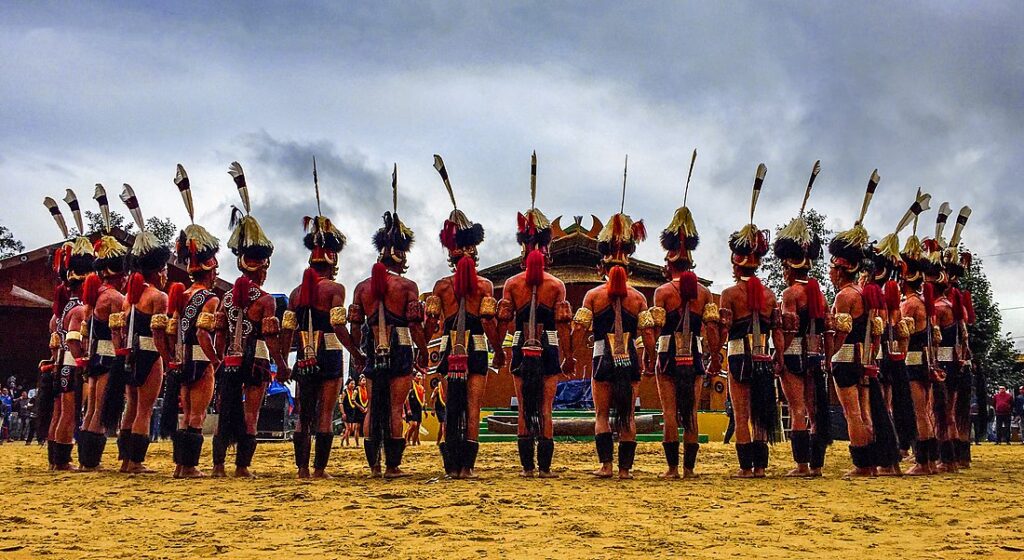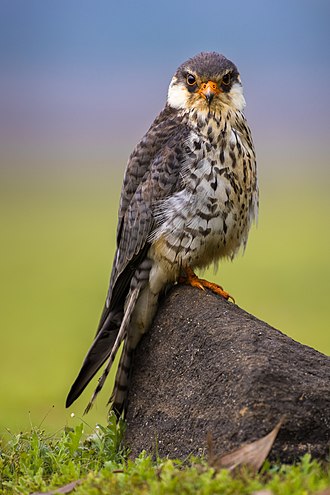Wildlife at the fringes of the protected areas and other remote areas are threatened by the various daily requirements of local communities. People residing in remote areas are dependent on products for food and money. However, this causes a severe loss to the ecological diversity of that habitat. One of the major challenges at the present date is handling livelihoods around the local communities and driving them towards conservation.
The basic need of people is to sustain their lives they need money, for this they practice traditional hunting of animals for meat or marketing. This form of the illegal wildlife trade goes unnoticed and poses a significant threat to humanity. Furthermore, it is these communities which suffer the most from rising human wildlife conflict associated with increasing megafauna populations. The most prominent HWC occurs with elephants and snakes, which can prove fatal for all involved. When the main focus of the management tends to face these people and get their support for conservation.
The conversion of a hunter into a tour guide is a very significant approach. Involving them in certain activities that enhances their livelihood without causing any threat to the wildlife is a sustainable approach. Sometimes, being in the remotest places on the Earth, it is hard to get basic requirements also and majority of the people are illiterate having traditional beliefs. Breaking this traditional belief or myth is another challenge.
Examples of how supporting livelihoods fosters conservation
However, the cultural values may play a major role in the conservation of wildlife such as we see in the Mishmi tribe of North-east who consider tigers as their brothers and Pangti village of Nagaland who are conserving Amur falcons and the Bugun tribe in north-east famous for the Bugun liochila conservation drive. This has been observed across North East India, where numerous species of birds, once hunted, are now being provided a lifeline. Local communities have immense knowledge about the animals and their area along with the historical values of animals. These are important towards understanding the species ecological importance. Awareness is the major key towards conservation. For this, effective communication is required.

The Causes of Sustenance Hunting
Biodiversity is everywhere and being utilised by everyone. However, analysis of distribution of species does reveal some areas that have a wider variety and more unique representatives of taxa than other areas. Several approaches have been developed to identify areas of biodiversity importance. The global use of wild animals for meat is perhaps the least documented, but one of the most far-reaching uses of wildlife. It is believed to involve more people and to have a greater effect on terrestrial wild animal populations, including those in protected areas, than any other form of use.
Growing human populations, and a lack of livelihood options in many areas of the globe mean that demand for wild meat is likely to continue to rise. Poverty and a lack of alternative resources mean that traditional taboos restricting the consumption of certain species are increasingly being ignored and traditional resource management systems are breaking down. Rising prices and facilitated access to remote areas are stimulating trade for a dwindling resource. In consequence, wild meat harvest is now the primary illegal activity in many protected areas. Efforts to improve hunting efficiency have also led to the increased use of more effective and, in most cases, unsustainable hunting techniques such as “night torching”, long-line wire snaring, and hunting with semi-automatic weapons.

At the recent World Conservation Congress, held in Amman, Jordan in October 2000, the delegates recognised the issue of unsustainable use of wild meat and passed Resolution 2.64 urging all members of the IUCN family to collaborate on greater understanding of the issue and on possible solutions, including increasing awareness of the scope of the problem and establishing links between the conservation and development communities.
How much damage has this caused?
Threatened animal species are found across the taxonomic spectrum. The 2000 IUCN Red List of Threatened Species reports a depressing story: 24% of mammals and 12% of birds are threatened. Preliminary studies on other major taxa indicate that 20–30% of reptiles, amphibians and fishes are also threatened. Unfortunately very little is yet known of the level of threat facing invertebrate taxa (which contain very large numbers of species), but early indications are that the great majority of species in freshwater habitats are under extreme threat. There is copious evidence that wild meat is an important component of the dietary intake of many people.
- Trade is a significant immediate threat to wildlife populations particularly in forest and grassland ecosystems throughout the world
- A very wide range of species, even those not currently identified as threatened, are at risk of local extinction across wide areas
- there is a significant trade in globally threatened species for their meat and other products
- several species are already presumed extinct as a result of this trade
Conclusion
People’s perspective needs to be changed along with providing a source of employment and education initiatives. Their traditional and cultural knowledge should be made a major tool towards conservation. Providing both education and job opportunities to local communities can seriously reduce the incidences of hunting. In fact, by providing education and alternate employment sources to bear owners, the practices of Dancing Bears has ceased. One can hope similar solutions are found to end the practices of Temple Elephants and Snake Charming.
Improving local practices is also crucial. For example, the collection of Non Timber Forest Produce requires the collects to light fires in forests. These fires regularly go out of control and hence destroy large patches of forests. While local communities cannot and should not be disbarred from using forests commercially, it is possible to make more sustainable alternatives. A prominent example of this, is the usage of elephant dung. These highly nutritious waste products can be used to make paper, biofuel, coffee and fertilizer. Providing economic alternatives to local communities can save the ecosystem. For this reason, despite pressures to ban wildlife tourism, the practice is encouraged, as it increases employment rates of forest communities.
Written by: Shreya Pandey
Contribute to our Conservation Efforts!
Help us Help Them! Think Wildlife Foundation is a non profit organization with various conservation initiatives. Our most prominent campaign is our Caring for Pari intiative. Pari is a rehabilitated elephant at the Wildlife SoS Hospital. 25% of the profits from our store are donated to the elephant hospital for Pari. Other than buying our wonderful merchandise, you could donate directly to our Caring For Pari fundraiser.
